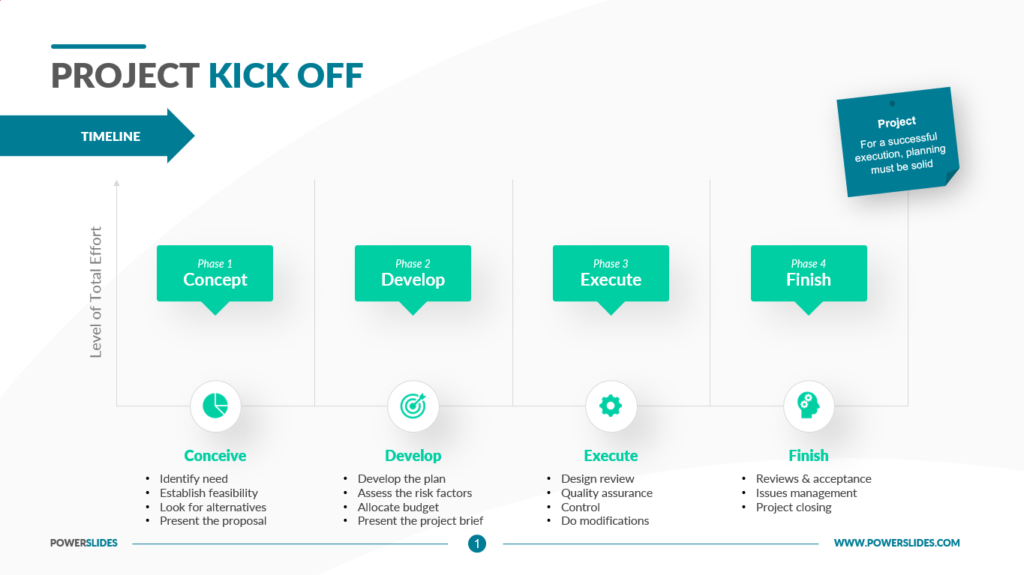Every successful web design project begins with a clear and inspiring idea. The kickoff phase is where creativity meets strategy, laying the foundation for everything that follows. At this stage, I work closely with clients to understand their goals, brand identity, and the audience they want to reach. We discuss their vision, expectations, and any specific features or styles they want to include. This process isn’t just about gathering information—it’s about building a shared understanding and setting the tone for the project. Whether it’s a business website aiming to attract new customers, an e-commerce platform designed to drive sales, or a personal portfolio to showcase work, this initial step is crucial. I help clients shape their raw ideas into a practical and effective plan, using tools like mood boards, sketches, and wireframes to visualize the direction we’ll take. This collaborative beginning ensures that the project is rooted in purpose and aligned with long-term goals.

Once the project idea is clearly defined, we move into the planning and design phase with a strong sense of direction. This phase is where I take the creative vision we’ve developed and begin transforming it into a structured layout and user experience. With three years of experience in web design, I focus on combining aesthetics with functionality, ensuring that the design is not only visually appealing but also user-friendly and responsive across all devices. I pay close attention to details like color schemes, typography, navigation flow, and interactive elements to create a seamless experience. Throughout the process, I maintain constant communication with the client, providing updates and seeking feedback to ensure the design continues to reflect their vision. By the time we move into development, we already have a solid blueprint that guides the rest of the project, reducing delays and ensuring a smoother, more efficient workflow. This approach helps turn initial ideas into professional, high-performing websites that leave a lasting impact.
A successful project kick-off also serves as the first formal opportunity to establish momentum and unify all contributors under a common purpose. It’s the moment when vision transitions into action, and that transition must be managed with clarity and enthusiasm. During this phase, it’s important to define not only the what and why, but also the how. This includes discussing the methodology that will be followed—whether it’s agile, waterfall, or a hybrid approach—and setting preliminary timelines, deliverables, and milestones. Introducing the tools and communication protocols early ensures everyone is aligned on how information will be shared and decisions will be made. The kick-off should include time for Q&A and open dialogue, giving team members a chance to raise concerns, clarify uncertainties, and suggest enhancements. This early collaboration builds trust and encourages a proactive mindset where potential roadblocks are anticipated and addressed before they hinder progress.
- Foundation of the Project: The project idea serves as the cornerstone for all planning, execution, and evaluation activities throughout the project’s lifecycle.
- Clear Problem Definition: A successful kick-off begins with clearly identifying the problem or need the project aims to address, along with its intended impact.
- Alignment with Goals: The idea should align with organizational objectives or stakeholder interests to ensure support and relevance.
- Preliminary Research: Initial data, market analysis, or feasibility studies should back the project idea to establish its credibility and potential for success.
- Vision and Objectives: During the kick-off, the project’s long-term vision, goals, and key deliverables should be outlined to give the team a sense of purpose and direction.
- Stakeholder Engagement: Early involvement of key stakeholders fosters collaboration, feedback, and shared ownership of the project.
- Team Unity and Motivation: The kick-off meeting energizes the team, helps establish roles and expectations, and builds early enthusiasm.
- Project Methodology Introduction: The approach (e.g., Agile, Waterfall) and tools to be used are introduced to ensure everyone understands how the project will be managed.
- Discussion of Risks and Assumptions: Highlighting potential challenges and assumptions early allows the team to plan for contingencies.
- Defining Success and Impact: Clear criteria for success, including how results will be measured, ensure the team is focused on meaningful and achievable outcomes
Equally important during the project idea kick-off is fostering a culture of innovation and adaptability. No idea, however well-planned, is immune to change, and setting this expectation early prepares the team to be flexible and responsive. A strong kick-off highlights the project’s core assumptions and risks, encouraging continuous evaluation as the work progresses. It’s also an ideal time to discuss success criteria—not just in terms of delivery, but in terms of impact and sustainability. Are the benefits short-term or long-term? Who are the primary beneficiaries? What metrics will be used to evaluate outcomes? By anchoring the project idea in real-world impact and measurable success, teams are more likely to stay focused and motivated. Furthermore, celebrating the project’s initiation helps build excitement and emotional investment. Whether it’s through a formal presentation, interactive brainstorming, or a simple team gathering, the energy generated during this phase can carry forward and shape the project’s tone and trajectory in meaningful ways.